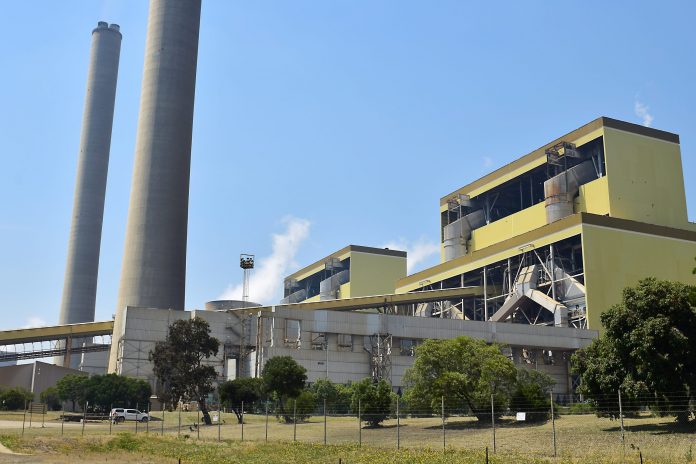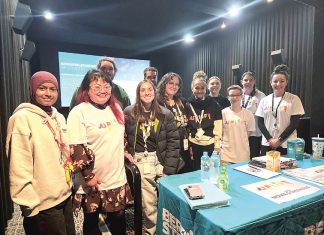PHILIP HOPKINS
By PHILIP HOPKINS
AGL, reaffirming the need to extend its ash landfill and leachate storage pond for up to 20 years, has emphasised its intention to close the Loy Yang A power station by 2035.
The public has two days to make a submission on AGL’s bid to extend the ash landfill and leachate storage pond, which the company says is required becauue the waste landfill area is running out of room. Comment on AGL’s application to extend its current EPA licence must be submitted by this Friday.
“The current landfill is utilised for the disposal of ash removed from the ash pond for both Loy Yang A and B. While AGL Loy Yang is scheduled to close by the end of 2035, Loy Yang B (owned by Alinta) is not scheduled to close until 2047,” an AGL spokeswoman said.
About 500,000 cubic meters of ash per year is deposited in the ash landfill. This ash, which is the incombustible solid residue from the combustion of coal, is dried in purpose-built ash ponds and then placed in the dedicated ash landfill.
The ash landfill and associated leachate storage pond are now nearing capacity, says AGL, which has proposed the extension to meet future demand.
The proposed landfill extension is located within the same area as its current ash landfill. AGL wants six new landfill cells as part of the extension, which will provide a total of 9,730,000 cubic meters of landfill space. “This is enough landfill space for a 19.4 year period,” the company says.
Leachate is the liquid (rainfall etc.) that passes through the landfill and therefore may contain dissolved contaminants. The proposed leachate pond is proposed to be located alongside the existing leachate pond of the ash landfill. It will have a total capacity of 10,400 cubic meters of leachate.
An AGL spokeswoman said the company recently released its climate transition action plan that detailed the targeted closure of Loy Yang A power station by 2035. “This application does not indicate a change to this commitment. Progressing permitted processes are a standard part of operations,” she said.
The volume has been designed to accommodate both AGL Loy Yang and Loy Yang B. “The maximum allowed volume may not be required if closure dates change,” the spokeswoman said.
“The design in this application meets EPA’s design criteria. AGL Loy Yang’s experience and competency in performing ash landfilling, rehabilitation and aftercare management activities are considered and the ash landfill is subject to routine environmental monitoring and statutory environmental audits by an EPA-appointed auditor every two years.”
The application, she said, also included the planned rehabilitation of the ash pond and was unrelated to the Japanese Hydrogen Energy Supply chain project, which last week announced it would proceed to a $2.35 billion commercial stage.
Environment Victoria and lawyers from Environmental Justice Australia said EPA Victoria should reject AGL’s plan, which they alleged entailed expansion of toxic coal ash dumps.
Environmental Justice Australia lawyer Ally McAlpine said the new coal dumps would be six times the size of the MCG. “If AGL is serious about closing Loy Yang A within 12 years, it shouldn’t need a permit to dump coal ash for almost 20 years. Something doesn’t add up. At the bare minimum, these coal ash dumps must be properly engineered, managed, and monitored to make sure these toxins don’t seep into our waterways.”
Environment Victoria policy and advocacy manager, Bronya Lipski, said the expansion of the Loy Yang ash dam made no sense and was inconsistent with the Victorian government’s target of achieving 95 per cent renewable energy by 2035, and emissions reduction targets of net zero by 2045.
A community perception study last year by Federation University for AGL made three key recommendations on rehabilitating Latrobe Valley mine sites.
It included taking into accounts costs, resources, impacts, feasibilities and timelines, with these options to be reviewed and recommended by a panel of independent qualified assessors. These recommendations should include concerns and the diversity of views, and then be presented to the community for public feedback.











